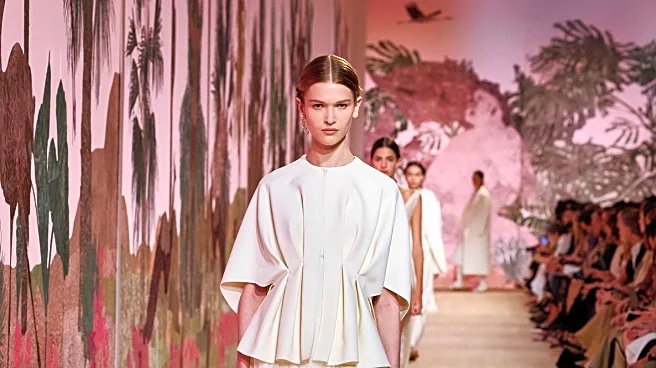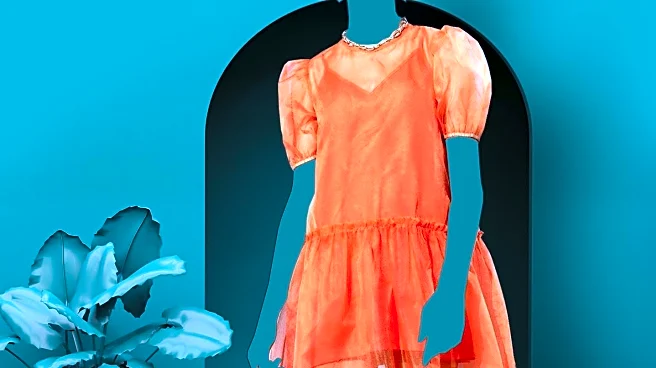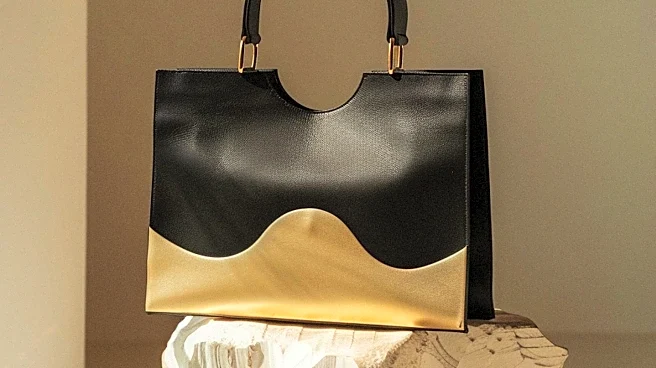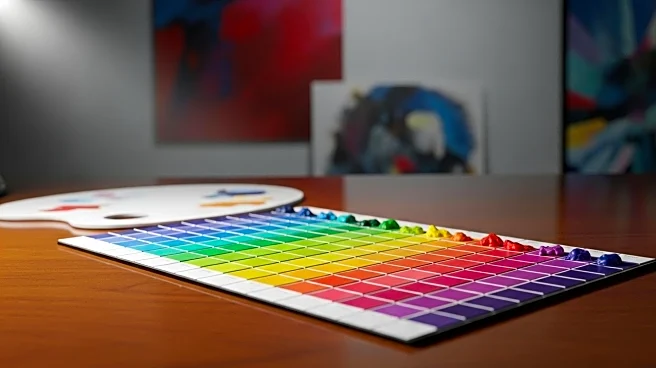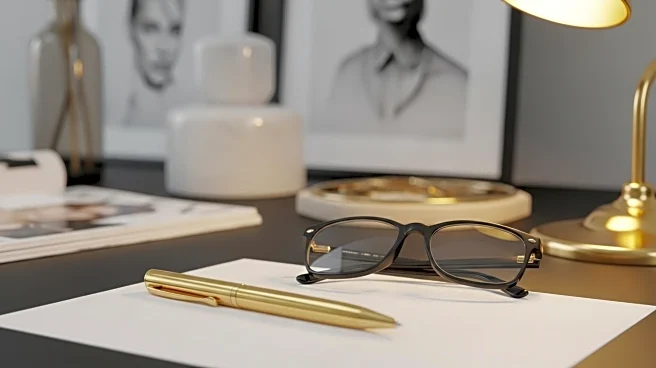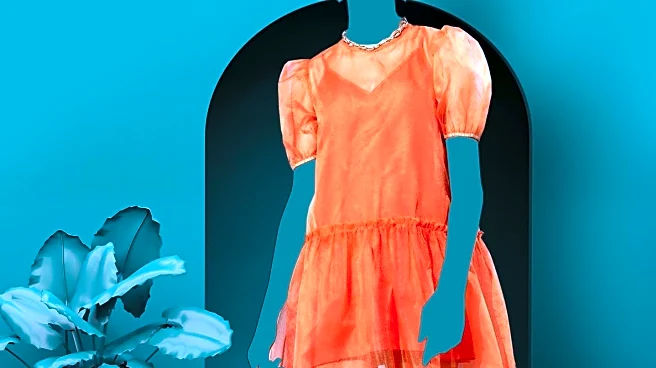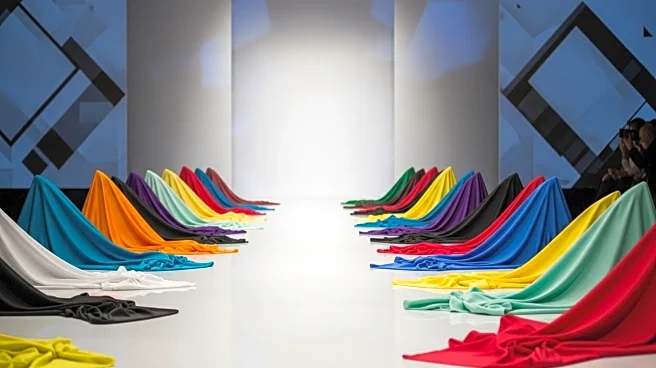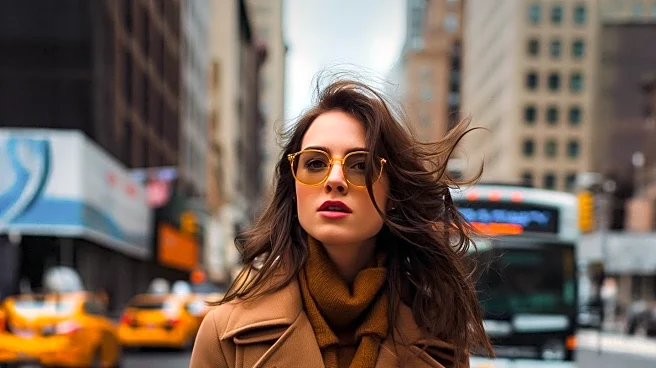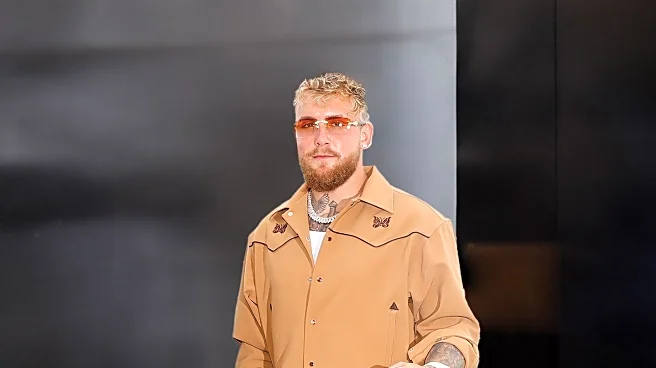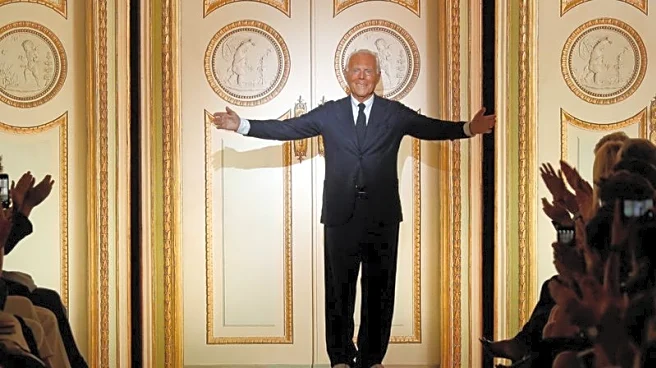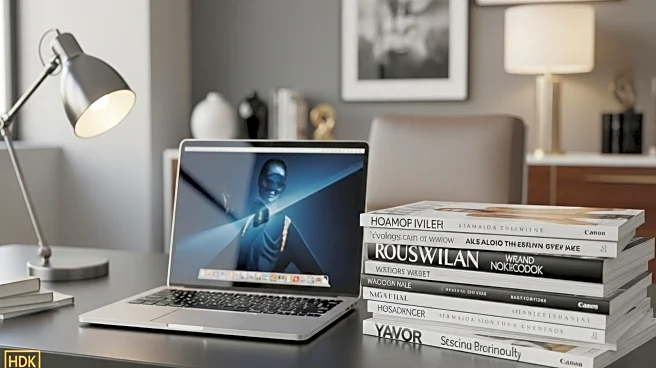What's Happening?
New York Fashion Week Spring 2026 is showcasing a blend of intimate settings and artistic collaborations. Rachel Comey is reviving the practice of models doing their own hair and makeup, emphasizing personal expression and spontaneity. Jason Wu is collaborating with the Robert Rauschenberg Foundation, celebrating the artist's centennial by integrating his interdisciplinary approach into Wu's collection. Libertine is opening a salon on the Upper East Side, offering an immersive experience with a large selection of its designs. These developments highlight a shift towards more personal and artistic expressions in fashion.
Why It's Important?
The shift towards intimate and artistic collaborations in New York Fashion Week reflects broader trends in the fashion industry. By allowing models to express themselves through their own styling, designers like Rachel Comey are fostering individuality and authenticity. Jason Wu's collaboration with the Rauschenberg Foundation underscores the importance of art in fashion, promoting cultural appreciation and creativity. Libertine's new salon offers a unique, immersive shopping experience, enhancing consumer engagement. These changes could influence fashion industry practices, encouraging more personalized and artistic approaches.
What's Next?
As New York Fashion Week progresses, the impact of these intimate and artistic approaches will be observed. Designers may continue to explore collaborations with artists, integrating cultural elements into their collections. The success of Libertine's salon could inspire other brands to create immersive retail experiences. Industry stakeholders, including designers and retailers, may evaluate the effectiveness of these strategies in enhancing consumer engagement and brand identity. The outcomes could shape future fashion events and retail practices.
Beyond the Headlines
The emphasis on personal expression and artistic collaboration in fashion may have deeper cultural implications. It reflects a growing desire for authenticity and individuality in consumer culture. By integrating art into fashion, designers are promoting cultural appreciation and challenging commercial norms. This trend could influence broader societal attitudes towards creativity and self-expression, encouraging more diverse and inclusive cultural practices.
